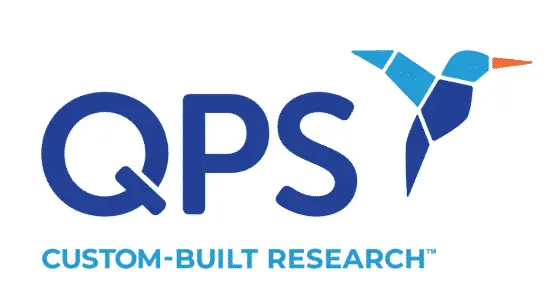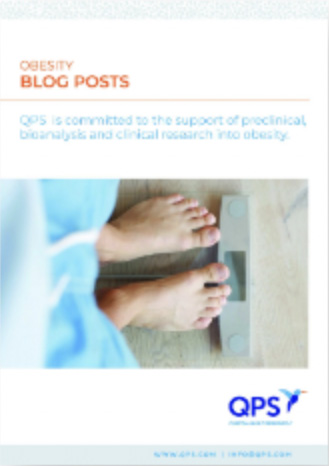Researchers have discovered a surprising way to deliver vaccines: with dental floss. The idea came in response to a long-standing challenge in medicine—how to deliver vaccines via mucosal tissues such as the mouth and nose. These tissues are well-defended, with tightly packed cells that keep microbes out but also prevent vaccines from penetrating. Harvinder Gill, an engineer at North Carolina State University who specializes in nanomedicine, was inspired when he learned that the junctional epithelium, a naturally leaky layer of tissue where gums attach to teeth, can absorb molecules well. “That sort of struck a spark,” said Gill, the study’s senior author. “If it is highly permeable, could we not use it for vaccination?” To reach it, they turned to an everyday tool—dental floss—as a simple way to deposit vaccine material directly into this gateway.

Flossing Mice to Fight Flu
The research team coated ordinary floss with inactivated influenza virus or vaccine fragments, then used it to “floss” anesthetized mice. With each pass of the floss, vaccine particles slipped into the gum pockets and stimulated the immune system. As reported in Nature Biomedical Engineering, the research results showed that vaccinated mice developed protective antibodies and were more likely to survive influenza infections than unvaccinated controls. The approach proved effective across four different types of influenza vaccines, demonstrating that the method could work with a variety of formulations.
Comparable to Nasal Vaccines, Without the Risks
One version of the floss vaccine protected mice as effectively as a nasal spray, a common alternative to injections. But nasal vaccines carry extra safety concerns because the nasal passages connect directly to the brain, raising the risk of neurological side effects. Gum-delivered vaccines bypass that pathway, offering protection without the same risks. “It’s very clever, I like the strategy,” said Stephanie Langel, a viral immunologist at Case Western Reserve University in Cleveland who was not involved in the research.
Mouse Dentistry Isn’t Easy
Adapting floss for vaccination wasn’t simple. Early attempts failed when the floss slipped off the mice’s teeth. The breakthrough came when Rohan Ingrole, a chemical engineer at Texas Tech University, used a keychain ring as a jaw support, allowing floss to reach the gumline without damaging tissue. Even with that solution, the procedure required two people—one to hold the anesthetized mouse in place and another to maneuver the floss. Despite these hurdles, the results were clear: the technique delivered vaccines successfully and consistently triggered immune responses.
Strong Results, But Not the Whole Picture
Although mice that received the floss vaccine developed antibodies, analysis suggests that this method of delivery may not stimulate mucosal immunity as strongly as nasal sprays. This could make the floss less effective at blocking transmission. Adding immune-boosting compounds, called adjuvants, could strengthen that response.
Early Human Tests
In a small trial with 27 volunteers, the team also tested whether floss could deliver materials into human gum tissue. Using floss picks coated with fluorescent dye, the volunteers deposited about 60% of the dose into gum pockets. The researchers are now developing new flossing tools to improve accuracy and ensure people receive a consistent dose. If refined, the technology could allow individuals to self-administer vaccines at home.
Implications for Public Health
A safe, needle-free, self-administered vaccine could have major benefits for public health. A system that allowed people to vaccinate themselves could ease the burden on health workers and speed up distribution. Or, as William Giannobile, a periodontics researcher at the Harvard University School of Dental Medicine, who was not involved in the study, suggested, “You could imagine going to the dentist, and your provider administers one of these vaccines during your visit.”
Looking Ahead
The floss delivery method will require optimization and clinical testing before it can be widely used in people, but the early results are promising. By finding a way to exploit a small gap in gum tissue, researchers have opened the door to a new type of vaccine delivery that could make protection against infectious diseases more comfortable, accessible and widespread.
Did you enjoy this blog post? Check out our other blog posts as well as related topics on our Webinar page.
QPS is a GLP- and GCP-compliant contract research organization (CRO) delivering the highest grade of discovery, preclinical, and clinical drug research development services. Since 1995, it has grown from a tiny bioanalysis shop to a full-service CRO with 1,200+ employees in the US, Europe, Asia, India and Australia. Today, QPS offers expanded pharmaceutical contract R&D services with special expertise in pharmacology, DMPK, toxicology, bioanalysis, translational medicine, cell therapy (including PBMCs, leukopaks and cell therapy products), clinical trial units and clinical research services. An award-winning leader focused on bioanalytics and clinical trials, QPS is known for proven quality standards, technical expertise, a flexible approach to research, client satisfaction and turnkey laboratories and facilities. Through continual enhancements in capacities and resources, QPS stands tall in its commitment to delivering superior quality, skilled performance and trusted service to its valued customers. For more information, visit www.qps.com or email info@qps.com.




